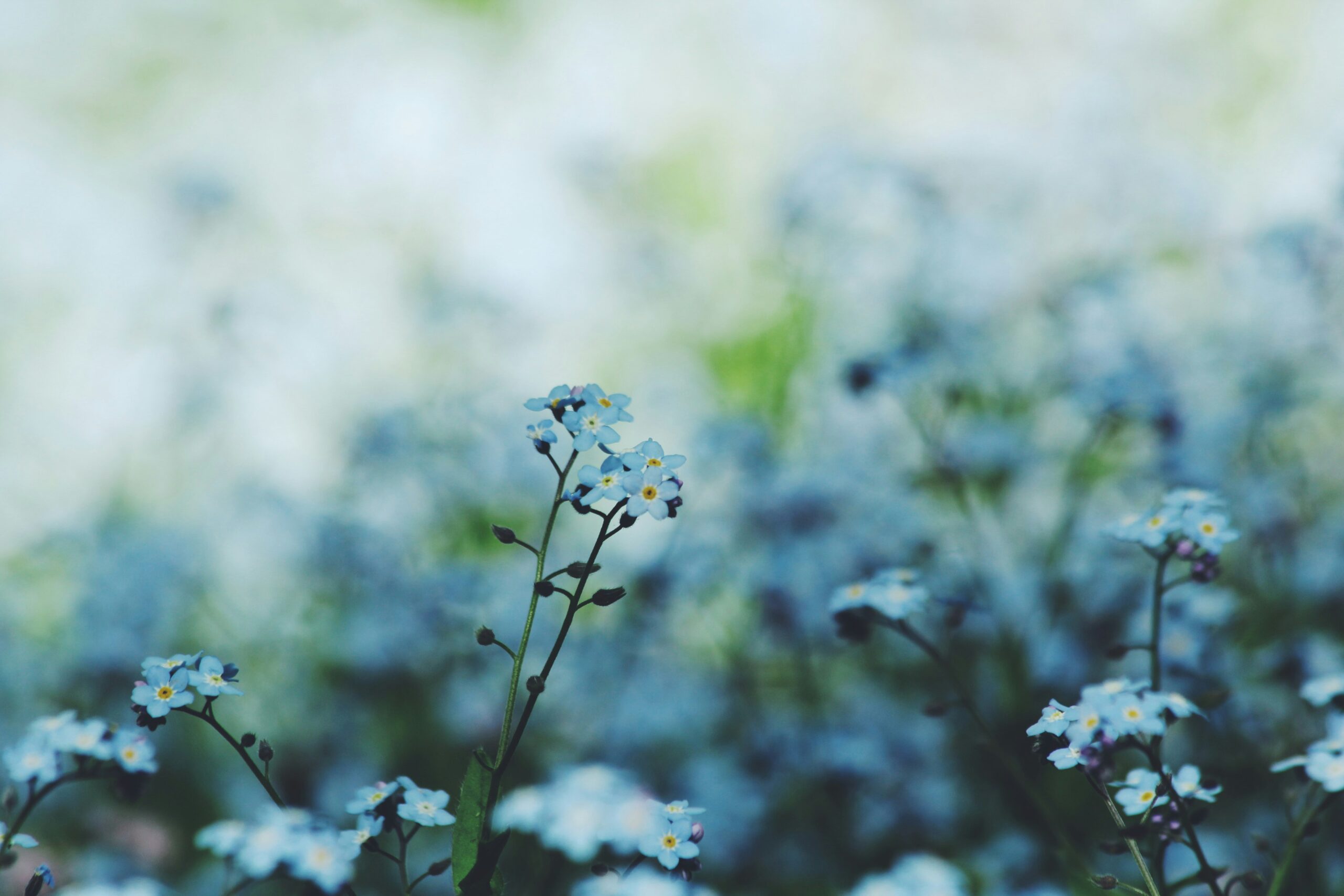
Self-Seeding Plants:
Self-seeding plants can be both a blessing and a curse, depending on how you manage them. The benefits are that they can make a beautiful garden feel effortless, requiring less resources and filling in gaps while adding diversity to your garden. They also benefit wildlife, being a rich food source to pollinating insects such as bees and butterflies. Self-seeding plants, provide plenty of food for these insects while creating a lively, colourful display. On the other hand, they can become invasive, compete with other plants and look messy if not managed properly.
How to Manage Self-Seeding Plants:
To manage self-seeding plants, you should learn to recognize their seedlings and decide which ones to keep or remove. You should also deadhead or cut back the plants before they set seeds. You can also collect their seeds to sow them where you would like them. To prevent the seeds from spreading to unwanted areas, we recommend using edging.
Our Favourite Self-Seeding Plants:
- Bachelor’s Button – a small perennial with soft green foliage and brightly colored blooms. The blooms have a reddish-pink center surrounded by blue frilly petals. They are edible, therefore can even be used as a garnish to your summer recipes! Fortunately, it isn’t invasive. You can deadhead their blossoms to prevent excessive spreading.

- Black Eyed Susan – a classic dependable garden plant with bright yellow or bi-colored blooms. The golden petals are arranged neatly around a deep brown coloured center, creating a sun-like appearance. They are drought and heat tolerant making them very low maintenance. If you do not wish this plant to self-seed, deadhead the spent blossoms and expect more blossoms later in the year. Alternatively, allow the flowers to mature on the stem. These seeds will then attract birds to your garden in the autumn and will fall into your garden producing new plants.
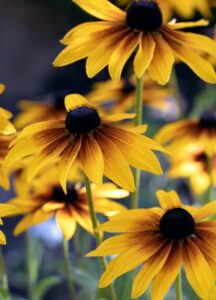
3. Aquilegia – A cottage garden favourite also known as grannys bonnet or columbine. They are easy to grow and are great for wild gardens and informal spaces. Specific species are suited to alpine areas and woodland gardens. Their nectar-rich flowers makes them attractive to bumblebees.

4. Coneflower -bloom all summer with bright petals that surround a central cone, hence the name. They are a tough and colourful perennial that are a welcome sight in any garden.
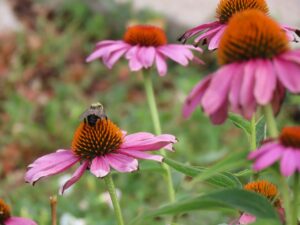
5. Delphinium – an elegant perennial with tall flowers in shades of either blue, white, pink or purple. They will self-seed not deadheaded. However, flowers grown from self-seeding will often become a different color to the parent plant.

6. Forget-me-not – A small but sweet plant that produces an abundance of blue flowers creating dazzling display in late spring and early summer. However, Forget-me-not is considered invasive. So, take caution when choosing a planting site to ensure it stays in check.
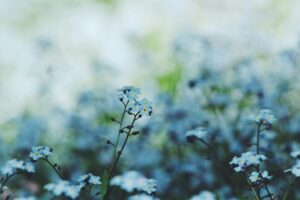
7. Globe Thistle – A tough plant with prickly foliage, which is fortunately not as harsh as it appears. However, it does help keep predators away. Giving it its name the globe thistle produces a beautiful globe of purple or white flowers.
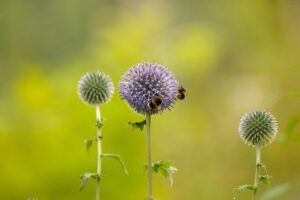
8. Hollyhock – This cottage garden classic, is a perfect addition to any garden that needs a plant with a bit of height, as they have tall stems with beautiful flowers arranged all around the stem. The different varieties vary in height and colour. Depending on which variety you chose, Hollyhock will either produce single or double flowers. We recommend that you support Hollyhock with stakes or trellis.
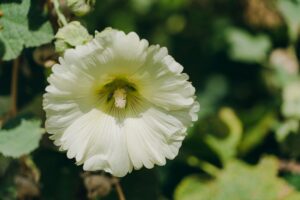
9. Lambs Ear – Get their name from their soft, shiny, silvery foliage, which is the primary focus of this plant. However, it also produces tall spikes of purple flowers that add height and color to your garden in early spring. If left to seed, they will attract Chaffinch and Goldfinch to your garden. It is a fast-spreading perennial that does best in sunny areas and thrives in poor, slightly acidic soil. As it is drought tolerant it is a good candidate for xeriscaping and rock gardens.
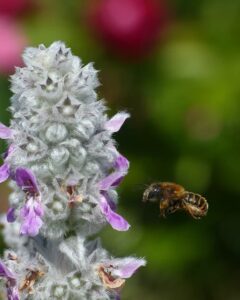
10. Lupine – They are unique plants with palmately divided foliage and striking blooms in various colors. These flowers grow as bold spikes of tightly packed flowers. Perfect for cottage gardens.

Contact Us:
Blue Iris Landscapes have over 25 years of landscaping and horticultural experience. Enabling us to offer the best advice when gardening and planting your garden. If you need assistance soft scaping or maintaining your garden contact us today. You can email us at info@blueirislandscapes.co.uk or call our office on 01782396168.
Why not visit our Facebook page to stay up to date with all of our latest news!
Articles Similar to ”Self-Seeding-Plants”
https://blueirislandscapes.co.uk/reduce-replanting/
